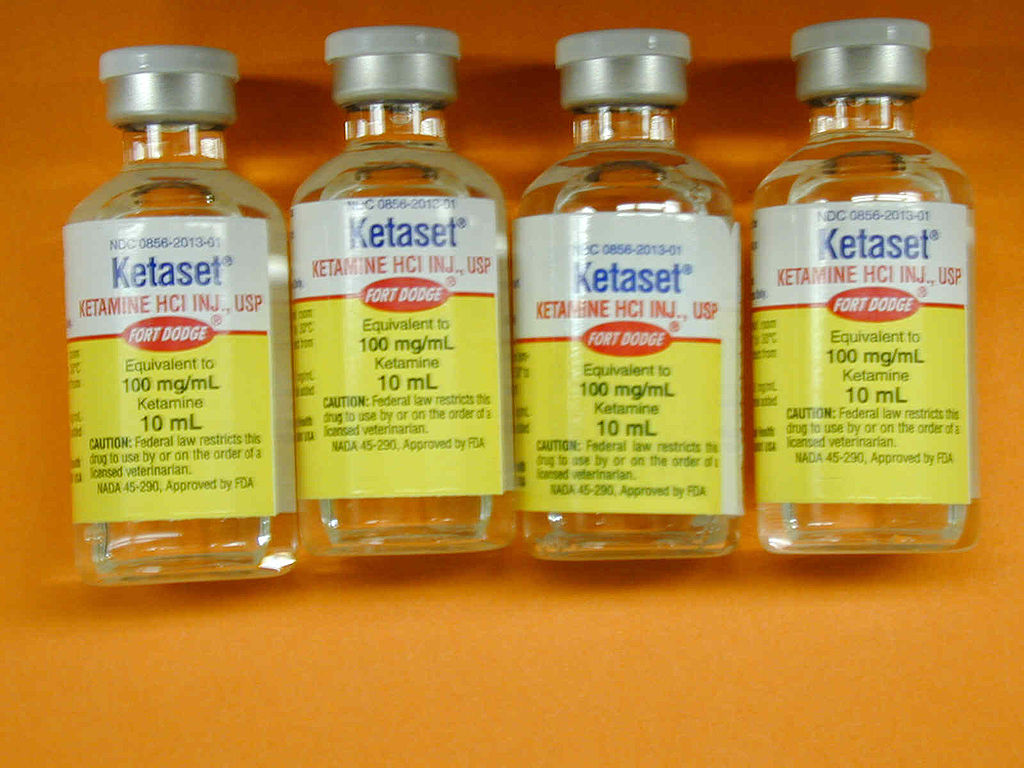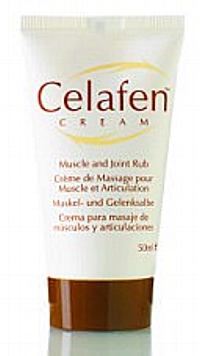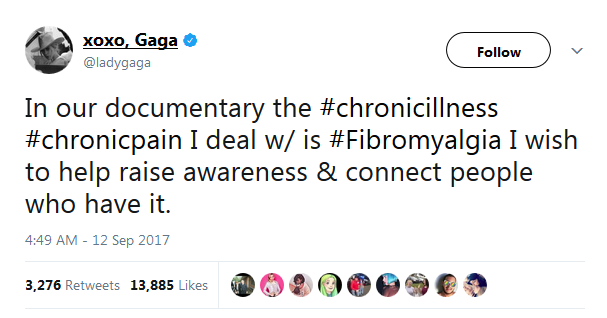4 M’s That Can Help Lower Pain Levels
/By Barby Ingle, Columnist
This month I am looking at the 4 M’s of pain management as part of my series on alternative pain treatments: magnets, massage, mindfulness and music.
Once again, I know and understand that these therapies will not help everyone. And when they do offer some relief, it will be temporary and vary in nature. That’s no reason not to try them.
Mindfulness
I found mindfulness helpful and now use mindfulness techniques in my daily life to assist in pain management.
When I first started to look at mindfulness, I turned to Melissa Geraghty, PsyD, for input on the benefits and techniques. Dr. Geraghty serves on iPain’s medical advisory board and is a chronic pain patient herself.
“It’s human nature to pull away from pain, whether that pain is physical or emotional. We inherently try to avoid pain or distract ourselves from pain,” she told me.
“Maybe in the short term we feel avoiding or distracting ourselves helps, but this is not sustainable with chronic pain. The pain will always be there, so we can either continue to be stuck in the cycle of fighting it, or we can accept that we have chronic pain and figure out how to engage in our lives.”
Mindfulness is used to reduce stress, depression, anxiety and pain levels, and can also be used in drug addiction counseling. Clinical studies have documented both physical and mental health benefits of mindfulness for different medical conditions, as well as in healthy adults and children.
Mindfulness involves several meditation exercises designed to develop mindfulness skills. One method is to sit comfortably, close your eyes, and bring attention to either the sensations of breathing in one’s nostrils or to the movements of the abdomen when breathing in and out. When engaged in this practice, the mind will often run off to other thoughts and associations. When this happens, one passively notices that the mind has wandered, and in an accepting, non-judgmental way, you return to focus on breathing.
Other meditation exercises to develop mindfulness include body-scan meditation, where attention is directed at various areas of the body and body sensations. You can also focus on sounds, thoughts, feelings and actions that are going on around you. A mindfulness session is typically done in short periods of about 10 minutes. The more you practice, the easier it is to focus your attention and breathing.
I recently had a mindfulness session with a therapist as part of a documentary I was filming. I noticed that having someone guide me through a session, as opposed to doing it on my own, was very beneficial. I got to focus on positive thinking, letting go of negatives that happen in life, and living life in the now.
“Mindfulness practice allows people with chronic pain to participate in the moment instead of watching life pass you by. Life may not flow in the way you expected it to before chronic pain, but living in an endless cycle of psychological misery isn’t living at all,” says Dr. Geraghty.
Massage Therapy
Massage therapy is another treatment that I use. My husband and I purchased a massage table back in 2005 at the suggestion of my physical therapist. I can do exercises on it or have my husband give me massages as needed. This is especially good for migraines, headaches and overall blood flow in my body.
There is conflicting information on whether massage helps relieve pain and others symptoms associated with nerve pain diseases. Much of the scientific studies show beneficial short term effects, and I agree with them based on my own experiences.
Not only do I find massage therapy helpful with my pain levels, it also helps me relax and let go of stress. My massage therapist told me that even a single massage session has been shown to significantly lower heart rate, cortisol and insulin levels --- which reduce stress.
Massage can also improve posture, which helps reinforce healthy movement. Other benefits of massage are better breathing and training the body how to relax. Clinical studies have shown that massage may be useful for chronic low-back pain, neck pain and osteoarthritis of the knee.
Magnet Therapy
Magnet therapy dates back at least 2,000 years, according to New York University Langone Medical Center. Healers in Europe and Asia used magnets to treat many different ailments, believing that the magnets can draw disease from the body.
Typically, therapeutic magnets are integrated into bracelets, rings, shoe inserts, clothing and even mattresses. Despite a lack of scientific evidence that magnet therapy works, an estimated $1 billion a year is spent on the sale of therapeutic magnets worldwide. Makers of these products claim they help increase blood flow to areas of the body where the magnet is worn, which brings in more oxygen and helps tissues heal faster. While larger studies have shown little to no therapeutic value in magnets, some smaller studies have found some benefit.
Pain patient Elizabeth Kandu is a believer in magnet therapy, although she’s not sure how it works.
“Who really knows if it’s a placebo effect or really works in everyone,” she says. “For me, without at least the metal to skin in 2 or 3 places, I am an electric nightmare.”
Elizabeth is right that there may be some placebo effect in play, but if magnets provide some relief they may be worth a try. It will be interesting to hear from PNN readers who have tried magnets and if any therapeutic value was found.
Music Therapy
I have been using music to excite my soul since childhood. I now also use it to address physical, emotional, cognitive and social needs that come with living in pain.
According to Warrior Music Foundation’s Michael Caimona, music provides sensory stimulation, stirs emotional responses, facilitates social interaction and communication, and provides diversion from inactivity. Music also helps us get through sad times and helps us heal from bad times.
I’ve found music to be an effective tool in reducing pain levels and anxiety, and it helps stimulate the brain. I have even had surgeons put on music during my procedures. Although I cannot hear it consciously under anesthesia, I am able to hear it subconsciously and believe in the positivity of it. I also use music during infusion therapy and on moderate pain days.
Another study I found reported that children who listened to music while having an IV needle inserted into their arms showed less distress and felt less pain than the children who did not listen to music. Research also shows that music therapy helps patients become more engaged in their treatment and physical therapy.
There are two different forms of music therapy, active and receptive. The patient can actively create music with instruments or by singing. In receptive therapy, the patient is more relaxed and is listening or participating in other activates while the music is being played.
I hope that spotlighting these alternative pain treatments will help readers understand that there are many forms of therapy, and it’s up to each patient to find what works for them. Many times as patients we feel we have tried everything. But until your pain is at a constant low number on the 1-10 pain scale or a zero, I encourage you to keep discussing options and trying new treatments.
The goal is to get the best living you can out of each day. I look forward to hearing what has and hasn’t worked for you.
Barby Ingle lives with reflex sympathetic dystrophy (RSD), migralepsy and endometriosis. Barby is a chronic pain educator, patient advocate, and president of the . She is also a motivational speaker and best-selling author on pain topics.
More information about Barby can be found at her website.
The information in this column should not be considered as professional medical advice, diagnosis or treatment. It is for informational purposes only and represents the author’s opinions alone. It does not inherently express or reflect the views, opinions and/or positions of Pain News Network.











































